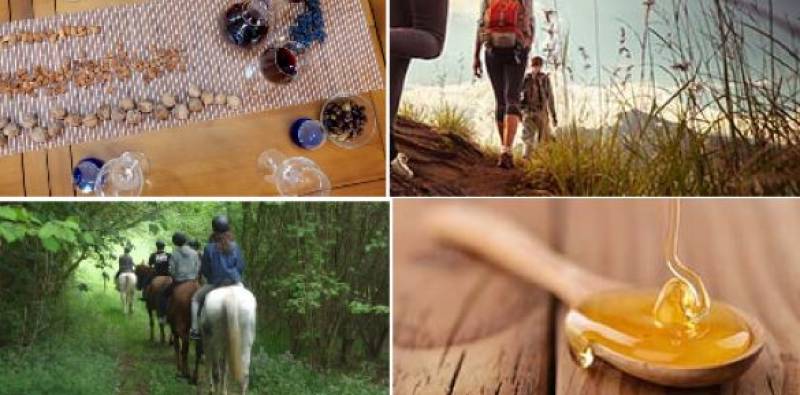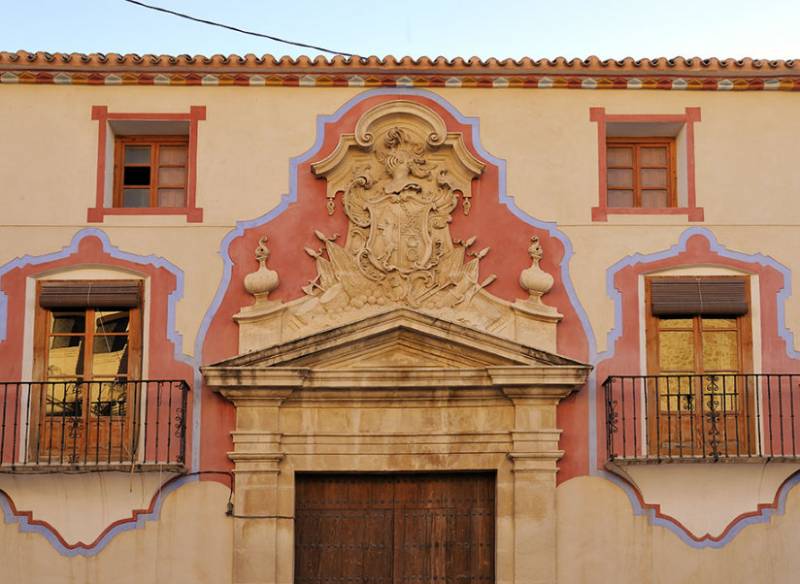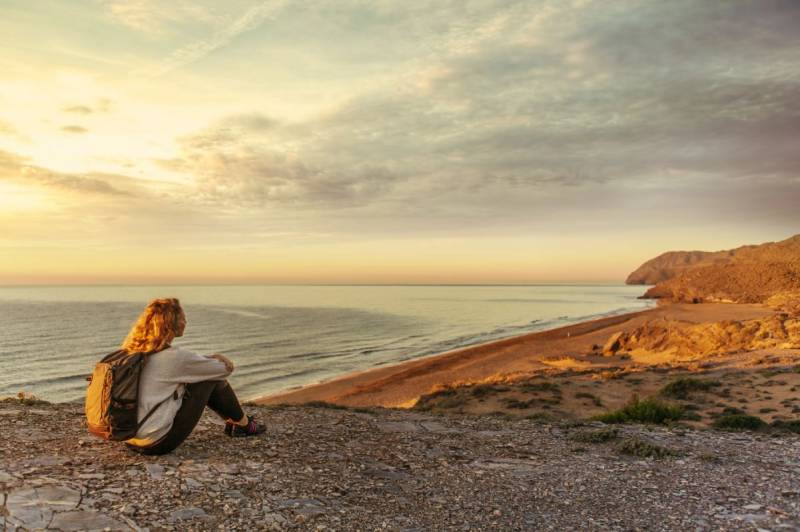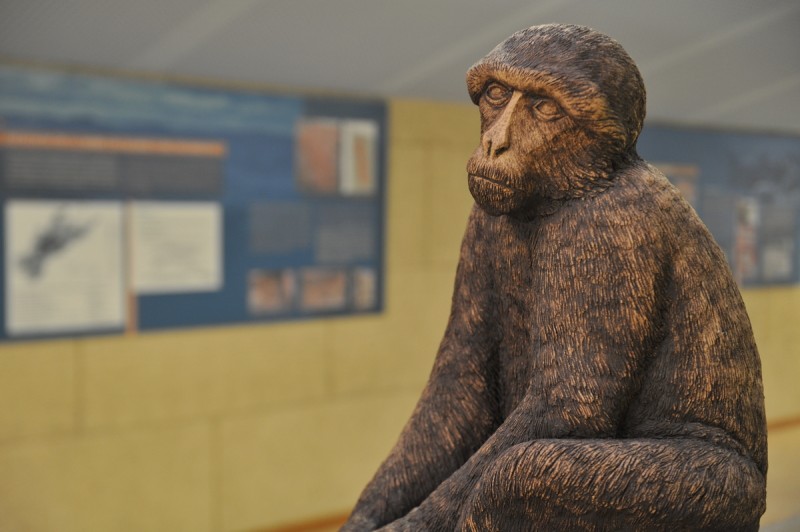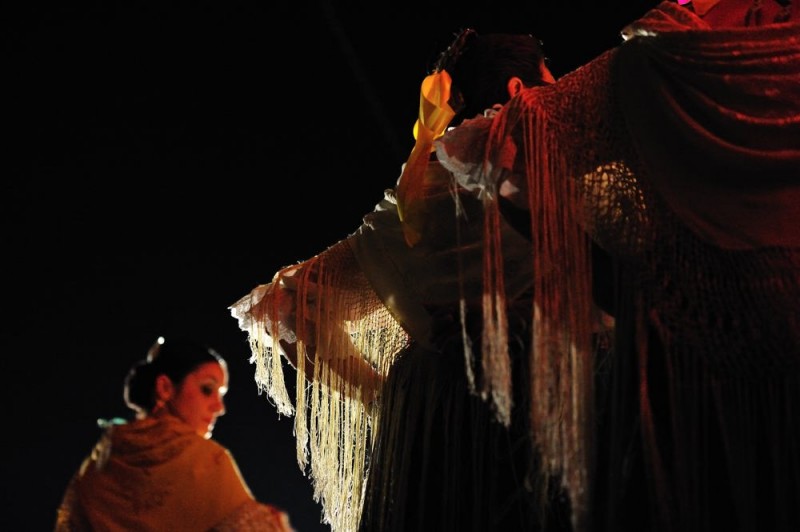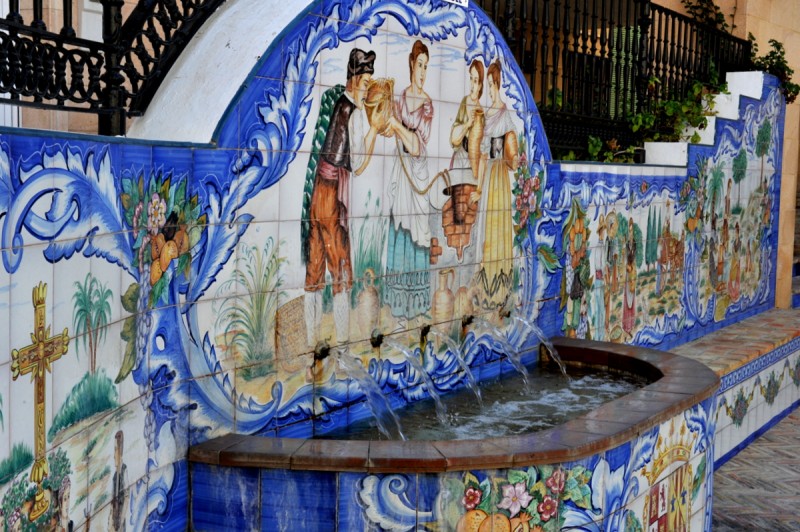- Region
- Águilas
- Alhama de Murcia
- Jumilla
- Lorca
- Los Alcázares
- Mazarrón
- San Javier
-
ALL AREAS & TOWNS
- AREAS
- SOUTH WEST
- MAR MENOR
- MURCIA CITY & CENTRAL
- NORTH & NORTH WEST
- TOWNS
- Abanilla
- Abarán
- Aguilas
- Alamillo
- Alcantarilla
- Aledo
- Alhama de Murcia
- Archena
- Balsicas
- Blanca
- Bolnuevo
- Bullas
- Cañadas del Romero
- Cabo de Palos
- Calasparra
- Camping Bolnuevo
- Campo De Ricote
- Camposol
- Canada De La Lena
- Caravaca de la Cruz
- Cartagena
- Cehegin
- Ceuti
- Cieza
- Condado de Alhama
- Corvera
- Costa Cálida
- Cuevas De Almanzora
- Cuevas de Reyllo
- El Carmoli
- El Mojon
- El Molino (Puerto Lumbreras)
- El Pareton / Cantareros
- El Raso
- El Valle Golf Resort
- Fortuna
- Fuente Alamo
- Hacienda del Alamo Golf Resort
- Hacienda Riquelme Golf Resort
- Isla Plana
- Islas Menores & Mar de Cristal
- Jumilla
- La Azohia
- La Charca
- La Manga Club
- La Manga del Mar Menor
- La Pinilla
- La Puebla
- La Torre
- La Torre Golf Resort
- La Unión
- Las Palas
- Las Ramblas
- Las Ramblas Golf
- Las Torres de Cotillas
- Leiva
- Librilla
- Lo Pagan
- Lo Santiago
- Lorca
- Lorquí
- Los Alcázares
- Los Balcones
- Los Belones
- Los Canovas
- Los Nietos
- Los Perez (Tallante)
- Los Urrutias
- Los Ventorrillos
- Mar De Cristal
- Mar Menor
- Mar Menor Golf Resort
- Mazarrón
- Mazarrón Country Club
- Molina de Segura
- Moratalla
- Mula
- Murcia City
- Murcia Property
- Pareton
- Peraleja Golf Resort
- Perin
- Pilar de la Horadada
- Pinar de Campoverde
- Pinoso
- Playa Honda
- Playa Honda / Playa Paraíso
- Pliego
- Portmán
- Pozo Estrecho
- Puerto de Mazarrón
- Puerto Lumbreras
- Puntas De Calnegre
- Region of Murcia
- Ricote
- Roda Golf Resort
- Roldan
- Roldan and Lo Ferro
- San Javier
- San Pedro del Pinatar
- Santiago de la Ribera
- Sierra Espuña
- Sucina
- Tallante
- Terrazas de la Torre Golf Resort
- Torre Pacheco
- Totana
- What's On Weekly Bulletin
- Yecla


- EDITIONS:
 Spanish News Today
Spanish News Today
 Alicante Today
Alicante Today
 Andalucia Today
Andalucia Today
article_detail
The castle, the image of the Sacred Heart of Jesus and the Lugar Alto in Abanilla
Panoramic views and the historical origins of the town of Abanilla
On the top of the hillside behind the town of Abanilla is an area which is known simply as the “Lugar Alto” (the high place), and which is a must for visitors on account of the panoramic views it affords and the historical significance of the location.
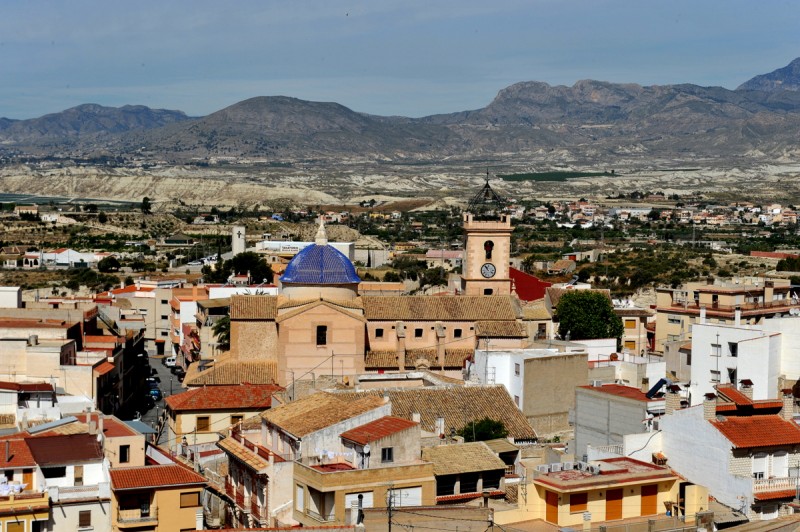
In the Early Middle Ages, when defensive strength was one of the prime considerations in establishing any settlement, the Moors chose this splendid vantage point with views over the River Chícamo and the surrounding countryside as the location of the fortress which eventually became known as “al-Bayada” (or white town). Around it grew a settlement which was enclosed by a city wall and which had its own administrator of justice in the “aljama”, and of course its own mosque.
When the Christians reconquered the Region of Murcia in 1243, though, many things changed relatively quickly. Firstly, the town’s name evolved into “Favanella” or “Havanilla” (in Valenciano and Castilian Spanish), and secondly, although Abanilla was now on the border of Valencia with Murcia it was not a frontier town next to the Nazarid kingdom of Granada, as was the case with Lorca, Puerto Lumbreras and other towns in the west of Murcia.
This meant that the existence of a fortified town and castle was no longer strictly necessary, although until the expulsion of the Moors from Granada in 1492 it was maintained. After that, it was abandoned and gradually fell first into disuse and then into ruin. (for more background information, read the History of Abanilla)
What can be seen today of the castle in the Lugar Alto of Abanilla is no more than the remains of the castle walls around an area which was originally approximately 100 metres in length and 75 metres in width. There is little in the way of a recognisable building, and what most stands out is the strategic advantage of occupying the location, between 50 and 100 metres above the course of the Río Chícamo.
Alongside it, though, is a monument which dates from the last century: the statue dedicated to the Sagrado Corazón de Jesús. This 7-metre-high statue, designed by Nicolás Martínez (the same man responsible for the Cristo de Monteagudo just outside Murcia), was erected in 1946, eleven years before the staircase which now leads directly to it from the Plaza de la Constitución and the Town Hall.
Below the statue are various of the cave houses which were typical of the town of Abanilla in the past and which, with some reforms, are still in use today. Some date back to the time of the Moors, and local legend has it that at some point they were actually connected to the castle itself by means of tunnels. Some of these cave dwellings are now used by the groups which take part in the local fiestas in late April and early May as a headquarters, which are held to celebrate the Moros y Cristianos festivities and the feast day of the Santa Cruz on 3rd May.
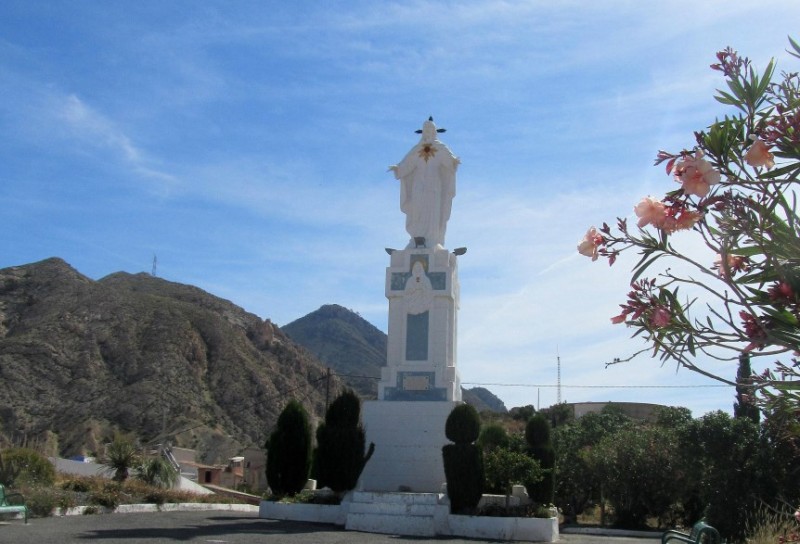
Visiting the Lugar Alto
It is possible to drive up and park next to the Lugar Alto in Abanilla, but for those of good mobility the experience is enhanced by walking and passing the cave houses, the Plaza de la Lonja and the fountain in Plaza de las Cortes, alongside the Calle Mayor.
On reaching the Guardia Civil headquarters at the eastern end of the Plaza de la Lonja turn right onto Calle Subida al Castillo, and this leads to a small staircase which takes walkers up to the flat top of the Lugar Alto. This is where archeologists believe that the main gate to the fortress was originally located.
An alternative route is the staircase which leads directly from the Plaza de la Constitución, but this is probably best left for the descent as it's very steep!
The Lugar Alto is designated a public park, and is not closed at any time.
Click for further information about what to see in Abanilla, along with tourist information and agenda
article_detail
Contact Murcia Today: Editorial 000 000 000 /
Office 000 000 000

